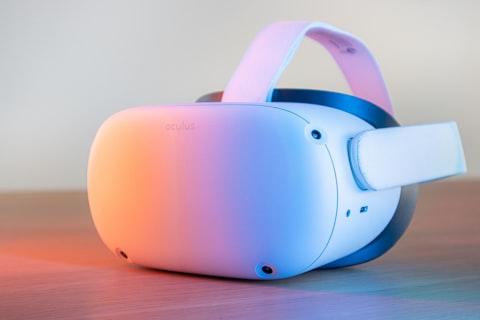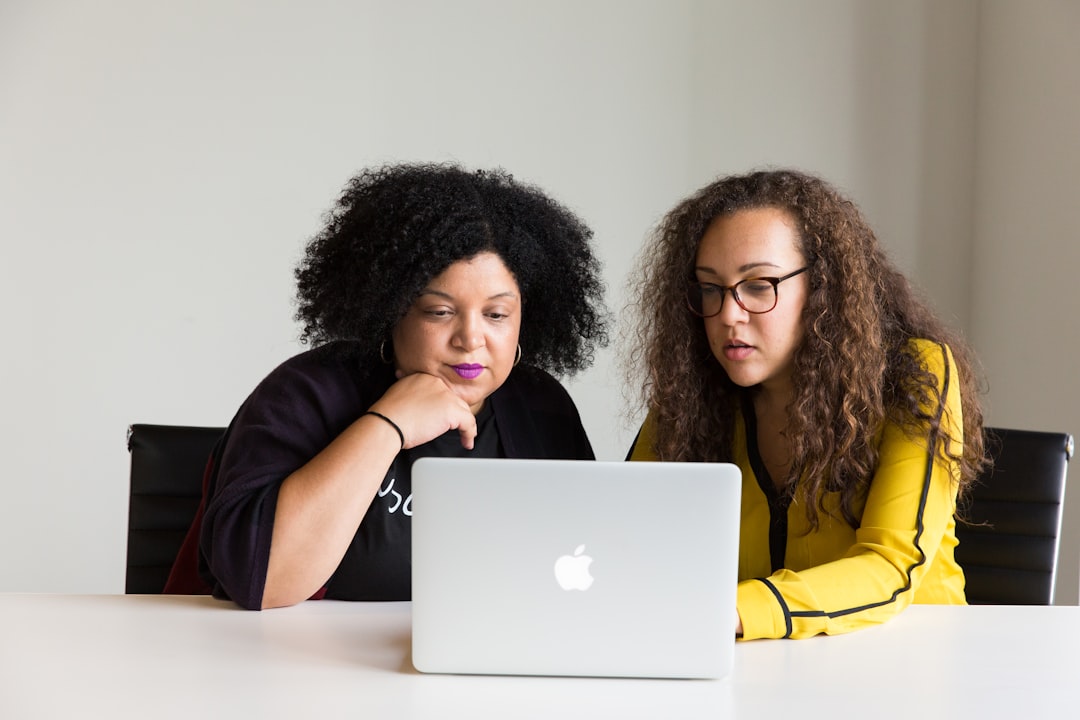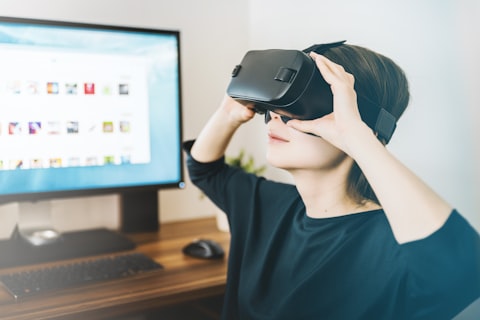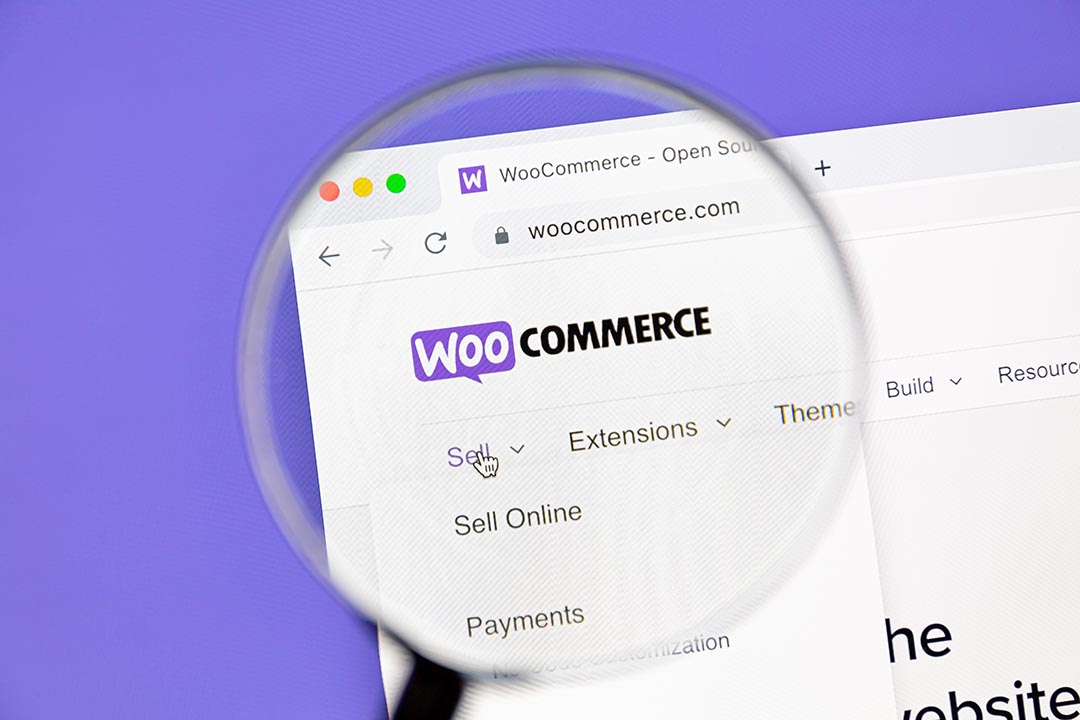As technology continues to evolve at a rapid pace, so does the world of web design. What may be considered cutting-edge today may be outdated in just a few years. As we look towards the future, it’s important to stay ahead of the curve and anticipate the trends and innovations that will shape the world of web design in 2024.
In this article, we’ll explore the future of web design and the trends and innovations that will dominate the industry in 2024.
The Rise of Artificial Intelligence (AI)
Artificial intelligence (AI) has been making waves in various industries, and web design is no exception. In 2024, we can expect to see AI being used more extensively in web design to create personalized and dynamic user experiences.
AI-powered chatbots will become more sophisticated, providing users with a more human-like interaction and improving customer service. AI will also be used to analyze user behavior and preferences, allowing for more personalized website content and design.
The Continued Importance of Mobile Optimization
With the rise of mobile devices, it’s no surprise that mobile optimization will continue to be a crucial aspect of web design in 2024. As more and more users access websites through their smartphones and tablets, it’s essential for websites to be optimized for a seamless mobile experience.
In 2024, we can expect to see more websites adopting a mobile-first approach, where the design and functionality are primarily focused on mobile devices. This will include features such as responsive design, touch-friendly interfaces, and faster loading times.
The Emergence of Voice User Interfaces (VUI)
With the increasing popularity of virtual assistants like Siri and Alexa, voice user interfaces (VUI) will become more prevalent in web design in 2024. VUI allows users to interact with a website through voice commands, making it easier and more convenient for users to navigate a website.
Incorporating VUI into web design will require a different approach, as designers will need to consider factors such as tone, pacing, and context in their designs. This will also open up new opportunities for brands to create unique and engaging experiences for their users.
The Importance of Visual Storytelling
In 2024, we can expect to see a continued emphasis on visual storytelling in web design. With the rise of social media and the popularity of platforms like Instagram and TikTok, users have become accustomed to consuming information through visual content.
Web designers will need to find creative ways to incorporate visual storytelling into their designs, whether it’s through animations, videos, or interactive elements. This will not only make websites more engaging but also help brands connect with their audience on a deeper level.
The Integration of Augmented Reality (AR)
Augmented reality (AR) has been gaining traction in recent years, and we can expect to see it being integrated into web design in 2024. AR allows users to experience a digital overlay on the real world, creating a more immersive and interactive experience.
In web design, AR can be used to showcase products in a virtual environment, allowing users to see how they would look in their own space. It can also be used to create interactive games or experiences on a website, making it more engaging for users.
The Use of 3D Design and Animation
With the advancements in technology, we can expect to see more websites incorporating 3D design and animation in 2024. This will allow for more dynamic and visually appealing websites, making them stand out from the competition.
3D design and animation can be used to create interactive elements, such as product demos or virtual tours. It can also be used to add depth and dimension to a website, making it more visually interesting for users.
The Importance of Accessibility
In 2024, we can expect to see a continued focus on accessibility in web design. With more and more people relying on the internet for everyday tasks, it’s crucial for websites to be accessible to all users, regardless of their abilities.
Web designers will need to consider factors such as color contrast, font size, and keyboard navigation to ensure that their designs are accessible to everyone. This not only benefits users with disabilities but also improves the overall user experience for all users.
The Use of Bold and Vibrant Colors
In 2024, we can expect to see a shift towards bold and vibrant colors in web design. As more and more brands look to stand out in a crowded digital space, the use of bright and eye-catching colors will become more prevalent.
This trend will also be influenced by the rise of dark mode, where websites use a dark color scheme instead of the traditional white background. This not only makes websites more visually appealing but also reduces eye strain for users.
The Integration of Virtual Reality (VR)
Virtual reality (VR) has been gaining popularity in recent years, and we can expect to see it being integrated into web design in 2024. VR allows users to experience a fully immersive digital environment, making it an exciting and engaging tool for web designers.
In web design, VR can be used to create virtual showrooms, allowing users to experience products in a realistic setting. It can also be used to create interactive games or experiences on a website, making it more engaging for users.
The Use of Minimalism and White Space
In contrast to the use of bold and vibrant colors, we can also expect to see a continued focus on minimalism and white space in web design in 2024. This trend has been gaining popularity in recent years, and it’s not going away anytime soon.
Minimalism and white space not only make websites look clean and modern but also improve the user experience by reducing clutter and distractions. This trend will also be influenced by the rise of mobile devices, where minimalistic designs are more effective for smaller screens.
Conclusion
As we look towards the future of web design, it’s clear that technology will continue to play a significant role in shaping the industry. From AI and AR to VUI and VR, web designers will need to stay ahead of the curve and embrace these trends and innovations to create engaging and effective websites.
By incorporating these trends into their designs, web designers can create a more personalized and dynamic user experience, helping brands stand out in a crowded digital space. The future of web design is exciting, and we can’t wait to see what 2024 has in store.





